The best varieties of black currant for the middle zone
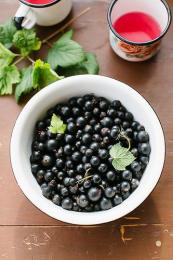
Black currant is one of the most common berries in our gardens. It can be seen at any summer cottage. This berry not only has an original, unique taste, but also valuable chemical composition. Its fruits are a source of vitamin C. They also contain beta-carotene, vitamin E, vitamin K, organic acids, pectins, sugars, tannins, trace elements and fiber. This wonderful berry has always helped the gardener out; even in an unfavorable year, it produces a harvest of berries from which winter preparations can be made.
Content:
A variety of black currant. How to choose a variety?
More than 200 varieties of currants have been bred for different regions of the country. Their main advantages are large fruit, good resistance to diseases and pests and excellent taste. However, choosing the right variety for your site and taste can be difficult. According to the descriptions, one variety is more beautiful than the other.
Of course, we all want to grow only the best varieties of black currant: high-yielding, winter-hardy, resistant to powdery mildew, kidney mites and other pests. I would like the berries to be large and the yields to be high.
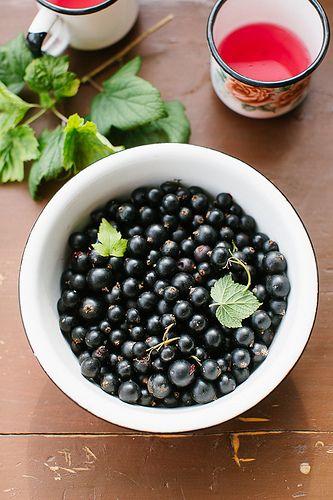
Of course, only zoned varieties produce consistently high yields, so we will consider the best blackcurrant varieties for central Russia.
Early varieties
The following varieties can be classified as early varieties: “Dikovinka”, “Selechenskaya”, “Aleander”, “Yadrenaya”, “Karachinskaya”, “Exotica”. Let's look at just a few.
- “Wonder” ripens early, in early July. The bush is medium-sized, not very spreading, sparse. The variety is not afraid of frost. Does not tolerate drought, needs plenty of watering. High self-fertility and productivity. The berries are oval, medium in size, with a strong skin. They have a sweet and sour taste. Berry weight is 2 grams. The variety is resistant to powdery mildew and bud mite.
- “Selechenskaya” ripens in the first half of July. An unusual variety, it combines the best qualities of gooseberries and wild currants. The variety is universal, drought-resistant, winter-hardy, high-yielding (4-5 kg of berries per bush). Suitable for any region of Russia. The bush is erect, vigorous, and does not require staking. The sweet berries are large, weigh up to 5 g, round, black, shiny. The variety is resistant to bud mite.
- The Exotic variety is also universal and large-fruited. The bush is productive, early-fruiting, erect, medium-sized. The berry is round, tasty, dessert, sweet and sour, up to 5 g, with thin skin, perfectly stored in the refrigerator for several days. The variety is frost-resistant and is slightly affected by diseases and pests.
Medium varieties
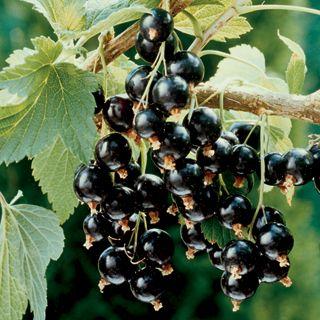
Currant varieties with medium ripening include: “Fidelity”, “Black Pearl”, “Perun”, “Green Haze”.
- The “Fidelity” variety ripens by mid-July. Self-fertile, winter-hardy, average yield (per bush - 2.6 kg). Produces large, sweet, round, black berries weighing 3-5 g. The taste is sweet and sour, dessert. The bush is medium dense, slightly spreading, medium tall. Resistance to pests and diseases is average.
Late varieties
There are also quite late varieties, but they are perfect for canning and fresh consumption. These include: "Vigorous", "Kipiana", "Venus", "Mermaid" and others.
- "Kipiana" is a medium-late ripening variety. The bush is slightly spreading, medium-sized, and produces a harvest of up to 5 kg of berries. The berries are round, with a skin of medium thickness, almost black, sweet and sour, dessert taste, medium size. The variety is resistant to bud mite and powdery mildew.
- The Yadrenaya variety ripens late, but its round or oval berries can weigh up to 8 g, they are larger than cherries! However, in the central part of the country the berries are not so large. The berries have a dense, refreshingly sour pulp. Not for those with a sweet tooth! The bush is semi-spreading, medium-sized. Up to 3.5 kg of berries are harvested from one bush. It is the most popular variety, resistant to diseases and pests. Requires regular anti-aging pruning.
As you can see, each variety has its own advantages. Choosing the best, the only one, is almost impossible.
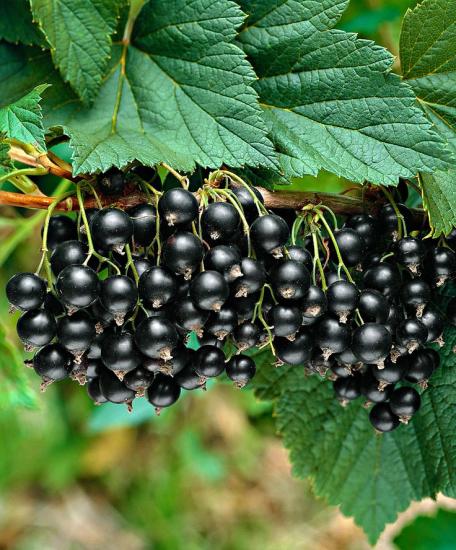
Dessert, sweet varieties are better suited for eating, with thick skin - for canning or freezing for the winter, with thin skin - for wiping.
If the area is poorly watered, choose a drought-resistant variety. We pay attention to productivity, winter hardiness, dependence on diseases. In different areas, the same variety may well have different yields, color, taste, and size of berries, depending on care, weather conditions, and watering on the site.
Therefore, we recommend a simple method: choose the most interesting varieties in your opinion, several at once, plant them on the site and observe which one is best suited for your particular conditions. After tasting the berries of the grown varieties, you can easily choose your currant variety. Bon appetit.

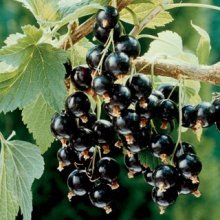
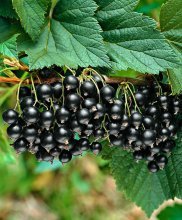
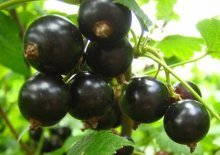
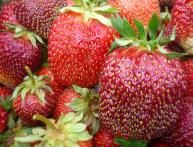
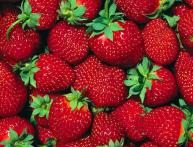
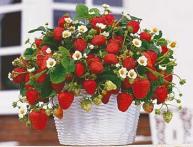
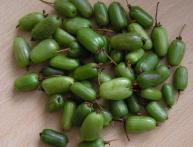
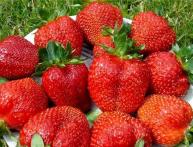
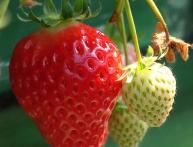
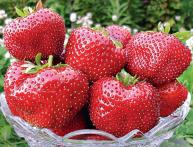
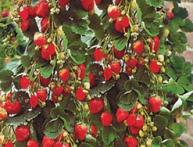
Comments
I live in the middle zone, I think some of these varieties will suit me perfectly. Our black currants haven’t been bearing fruit well lately, it’s our own fault, of course, we haven’t taken special care of the bushes and haven’t renewed them for a long time. It is necessary to plant new bushes of different varieties, mid-season and late, and gradually replace old bushes with new ones.
And I don’t even know what kind of variety is growing in my garden. The only thing I can say for sure is that the harvest largely depends on care, the bushes need to be renewed and replanted, then the harvest will be higher.